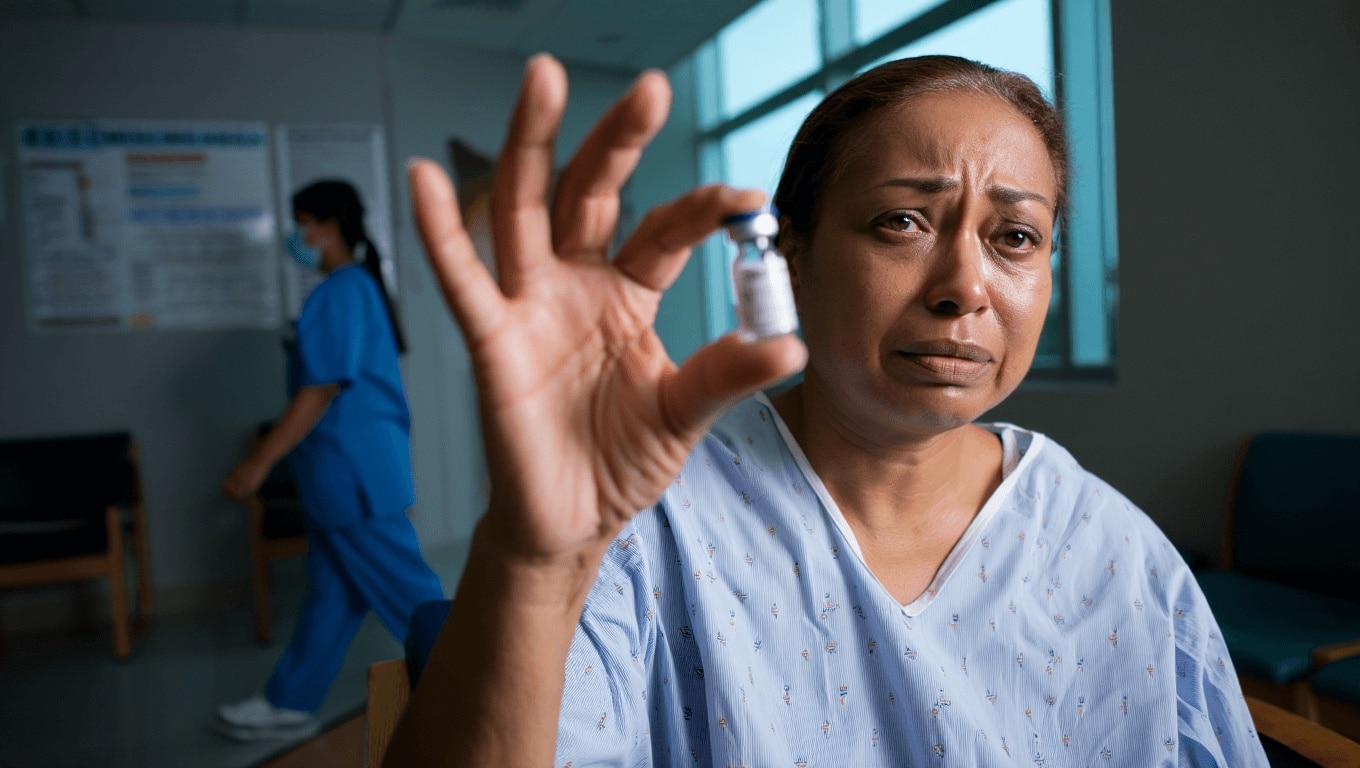The evolving landscape of breast cancer treatment, particularly for HER2 positive cases, is experiencing a significant transformation with the introduction of new therapeutic administration methods. These advancements are not only enhancing the quality of life for patients but also decentralizing medical care, making treatment more accessible. This shift is especially pivotal as it addresses the logistical challenges and prolonged hospital visits associated with traditional treatment regimens, offering a beacon of hope for timely and efficient healthcare.
Revolutionizing Treatment with Subcutaneous Administration
Recent innovations in oncology, specifically the subcutaneous injection of monoclonal antibodies, are redefining how HER2 positive breast cancer is treated. This method significantly reduces the duration of medical sessions and simplifies the overall treatment process, which traditionally involved lengthy hospital stays. The benefits of this approach extend beyond convenience, as it:
- Decreases the strain on healthcare facilities by minimizing the time patients spend in treatment chairs.
- Offers a less invasive treatment option, enhancing patient comfort and adherence to therapy.
- Allows patients to maintain their daily routines with minimal disruption, improving their quality of life.
Challenges and Opportunities in Implementing Subcutaneous Treatments
While the shift to subcutaneous administration is promising, it introduces new challenges, particularly in areas with limited medical infrastructure. The main issues include:
- Ensuring proper cold chain management and event recording.
- Training medical staff adequately to handle new administration techniques.
- Adapting healthcare pathways to integrate these advanced treatments effectively.
Despite these hurdles, the potential to enhance accessibility in resource-scarce regions remains substantial, provided there is robust support from public health policies and training programs.
Personalized Medicine and Technological Advances
The fight against breast cancer is also benefiting from significant technological advancements and a move towards personalized medicine. Recent studies highlight the potential of complete genome sequencing to tailor treatments based on individual genetic profiles. This approach not only improves the effectiveness of treatments but also helps in predicting outcomes more accurately, marking a significant step forward in oncological care.
Addressing Disparities in Cancer Treatment
The prevalence and impact of breast cancer vary significantly across different regions and healthcare systems. In Argentina, for example, the rate of breast cancer is notably higher than the regional average, prompting a need for strategies that bridge the gap in healthcare equity. This includes improving early detection and expanding access to innovative treatments like subcutaneous therapies. The disparities in diagnosis and treatment timelines between private and public sectors further underscore the urgency of these initiatives.
By addressing these multifaceted challenges and continuing to integrate new scientific insights into treatment protocols, the medical community can offer more effective, personalized, and compassionate care to breast cancer patients. These ongoing efforts not only aim to improve survival rates but also enhance the quality of life for those affected by this prevalent disease.
Similar posts:
- Breast cancer awareness: Is it more dangerous after age 70?
- Bryant Gumbel hospitalized in NYC after medical emergency Monday night
- Charcot-Marie-Tooth disease kills 9-1-1: Nashville actress Isabelle Tate, 23
- Isabelle Tate, 9-1-1: Nashville star, dies at 23, days after TV debut
- 9-1-1: Nashville cast member Isabelle Tate dies at 23 from rare disease

Daniel Harris is a specialist journalist focused on the crossroads of breaking news, extraordinary history, and enduring legends. With a background in historical research and storytelling, he blends timely reporting with timeless narratives, making complex events and ancient myths resonate with today’s readers. Daniel’s work often uncovers surprising links between present-day headlines and legendary tales, offering unique perspectives that captivate diverse audiences. Beyond reporting, he is passionate about preserving oral traditions and exploring how extraordinary stories continue to shape culture and identity.

